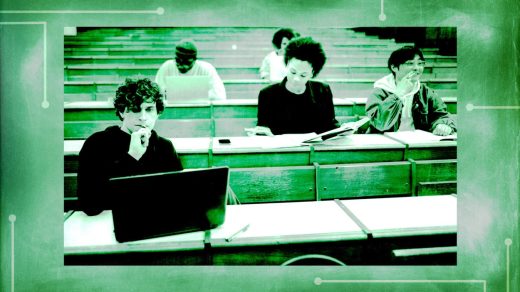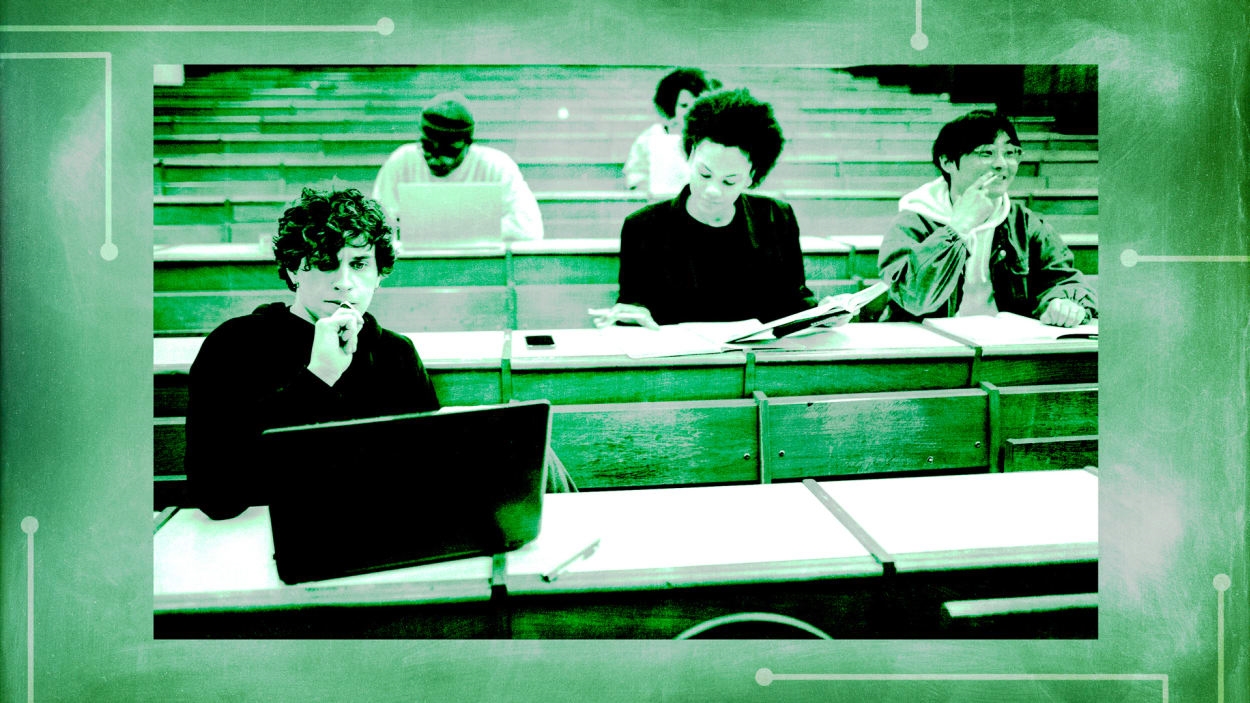4 ways AI will transform personalized learning
By John Bailey
Over the last decade, educators and administrators have often encountered lofty promises of technology revolutionizing learning, only to experience disappointment when reality failed to meet expectations. It’s understandable, then, that educators might view the current excitement around artificial intelligence with a measure of caution: Is this another overhyped fad, or are we on the cusp of a genuine breakthrough?
A new generation of sophisticated systems has emerged in the last year, including Open AI’s GPT-4. These so-called large language models employ neutral networks trained on massive data sets to generate text that is extremely human-like. By understanding context and analyzing patterns, they can produce relevant, coherent and creative responses to prompts.
Based on my experiences using several of these systems over the past year, I believe that society may be in the early stages of a transformative moment, similar to the introduction of the web browser and the smartphone. These nascent iterations have flaws and limitations, but they provide a glimpse into what might be possible on the very near horizon, where AI assistants liberate educators from mundane and tedious tasks, allowing them to spend more time with students. And this may very well usher in an era of individualized learning, empowering all students to realize their full potential and fostering a more equitable and effective educational experience.
There are four reasons why this generation of AI tools is likely to succeed where other technologies have failed:
These capabilities are finding their way into the classroom through early experiments providing a tantalizing sense of what might be possible.
While these technologies are enormously promising, it is also important to recognize that they have limitations. They still struggle with some math calculations and at times offer inaccurate information. Rather than supplanting teachers’ expertise and judgment, they should be utilized as a supportive co-pilot, enhancing the overall educational experience. Many of these limitations are being addressed through integrations with other services, such as Wolfram for dramatically better math capabilities. Put another way, this is the worst these AI technologies will be. Whatever shortcomings they have now will likely be improved in future releases.
The unprecedented scale and rapid adoption of generative AI mean that these benefits are not distant possibilities, but realities within reach for students and educators worldwide. By harnessing the power of AI, it is possible to create a future where teaching and learning are not only more effective and equitable, but also deeply personalized, with students empowered to reach their full potential and teachers freed to focus on teaching and fostering meaningful connections with their students.
John Bailey is an adviser to the Walton Family Foundation, a visiting fellow at the American Enterprise Institute, and a fellow at the Chan Zuckerberg Initiative. He previously served in the White House and U.S. Department of Education. He worked on pandemic preparedness at the U.S. Department of Commerce in 2006. Walton Family Foundation and CZI provide financial support to The 74.
This article was also published at The74Million.org, a nonprofit education news site.
(12)



